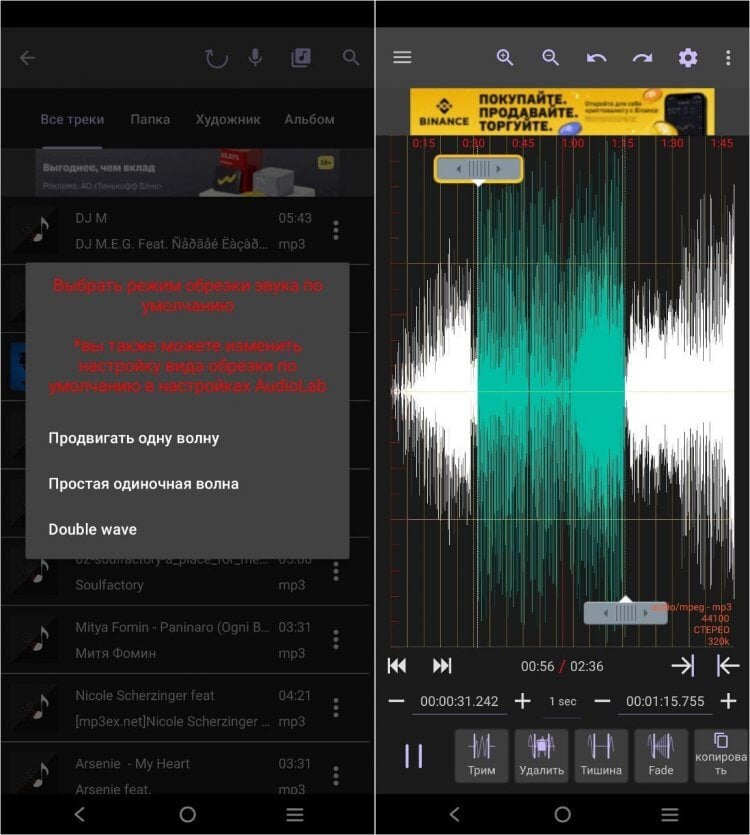

The auditorium in 1943, showing the multiplicity of electric lamps lighting the interior The hotel gradually fell out of favor as patrons developed a preference for private bathrooms instead of the shared bathrooms offered at the Auditorium Building. Built upon marshland, the foundations were essentially a raft of steel, wood, concrete, and pitch, and the 110,000 ton building settled about three feet lower than the foundations were originally set, resulting in several steps down from street level to the box office and the slightly listing floor in the theatre’s main lobby. Air throughout the building was cooled using up to 15 tons of ice per day. Once built, the Auditorium Building was Chicago’s tallest with its 17-story tower, and its largest given the footprint of half a city block. Over the doors at the building’s entrance are six arched art glass lunettes inspired by the allegorical figures of Wisdom, Oratory, Drama, Music, Poetry, and Dance. In all, Sullivan used 55 million pieces of mosaic tile. Mosaic marble floors flow throughout the theatre. The 3,500 incandescent electric lamps (originally carbon filament) which run along the ceiling arches and the fronts of the balcony and galleries envelope the audience and eliminate the need for a conventional chandelier in the center of a domed ceiling, common feature in most 19th century opera houses and almost certain to deaden a hall’s acoustics. It was the first theatre to be shaped like the horn of a trumpet. The Auditorium has a ceiling that gradually heightens as it recedes in several arches, a design unprecedented in the late 19th century. Continuity and unity are keynotes of Richardson’s style.Ĭross section showing the various parts of the Auditorium Building: theatre, hotel, and office space Richardson’s style is characterized by massive rough cut stone walls and dramatic semicircular arches, deeply recessed windows, and a new dynamism of interior space. The architectural style of the theatre has been dubbed Richardsonian Romanesque, named for Henry Hobson Richardson (1838-1886), and is a revival style based on French and Spanish Romanesque precedents of the 11th century. His vision of the Auditorium Theatre being a meeting place for the working man and the well-to-do was carried over into Adler & Sullivan’s design which saw the expensive box seats moved to the sides at 90 degrees to the stage, affording clear views for the four levels of cheaper seats. Peck wanted to replace Chicago’s aging music hall with an opera house to rival anything found in New York. At the time of its design, philanthropist Ferdinand Wythe Peck envisioned what was perhaps the first mixed-use building in modern times: a theatre, hotel, and offices all in one coordinated building with receipts from the hotel and offices helping to subsidize the theatre.


 0 kommentar(er)
0 kommentar(er)
